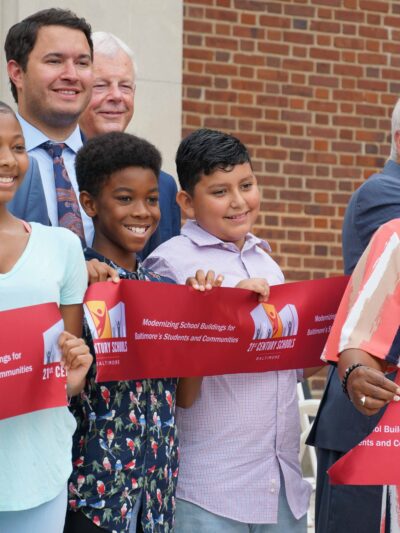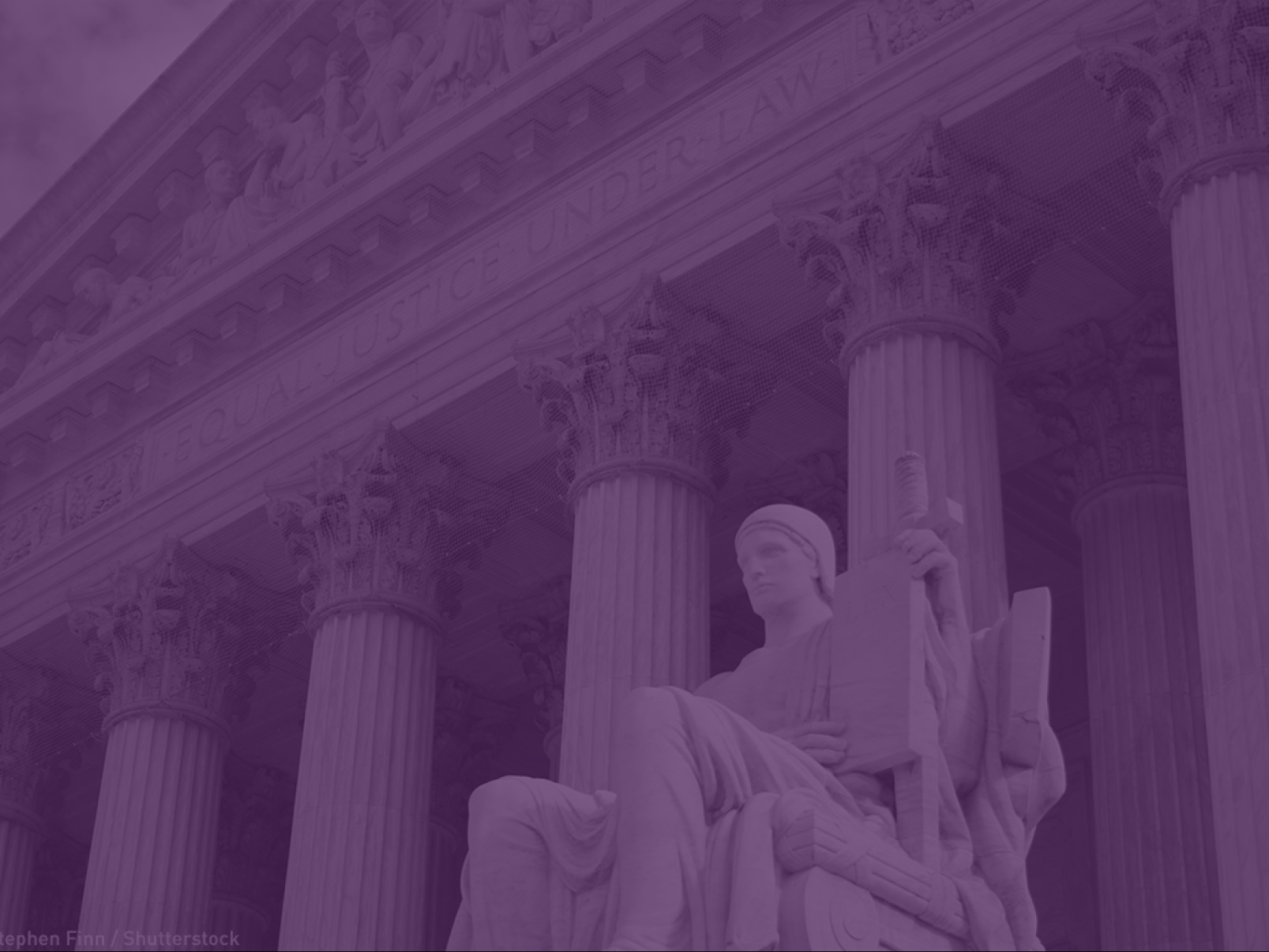Bradford v. Maryland State Board of Education
- Filed: 12/06/1994
- Status: Lost appeal
- Court: Circuit Court for Baltimore City
- Latest Update: Jan 23, 2012

On March 7, 2019, a group of concerned parents, joined by the ACLU of Maryland and the NAACP Legal Defense and Educational Fund, Inc., returned to court to file a petition for further relief in the historic Bradford vs. Maryland State Board of Education lawsuit.
LEGAL CASE UPDATE
On November 12, the Appellate Court of Maryland dismissed the Bradford vs. Maryland State Board of Education lawsuit brought on behalf of families with children in Baltimore City Public Schools (BCPSS) challenging the State’s chronic failure to provide sufficient funding to ensure the city’s students receive an adequate education. In a 2-1 decision, the court vacated a previous ruling by a lower court and concluded that an earlier agreement (called a consent decree) had been satisfied and should end.
Importantly, the court's decision to dismiss the lawsuit vacated the lower court ruling that had applied the wrong legal standard and found there was no constitutional violation by the State Board of Education. The majority held that the plaintiffs’ constitutional claims would need to be raised in a new lawsuit, even though, as the dissent noted, “The voluminous record and the briefs present staggering evidence in support of the Bradford Plaintiffs’ contention that children who attend many Baltimore City public schools do not receive an education that is adequate by contemporary standards.” Despite the recent ruling, plaintiffs and advocates remain committed to ensuring improved conditions and fair funding for BCPSS.
Read the response press release to the Appellate Court decision
Learn more about the case in the Frequently Asked Questions (FAQ) section below.
HISTORY
The Bradford lawsuit, based on a claim under Maryland's constitution, is still open and remains under the authority of the State's Circuit Court. It was filed in 1994 by the ACLU against the state of Maryland on behalf of school children and their parents/guardians in Baltimore City. Baltimore City schools had received over $2 billion in increased state funding from the Bradford consent decree and subsequent “Thornton” education funding formula in 2002. However, since the recession in 2008, Maryland stopped adjusting the Thornton formula for inflation leading to millions lost funds for districts like Baltimore City.
Case Timeline Frequently Asked Questions
On March 7, 2019, a group of concerned parents, joined by the ACLU of Maryland and the NAACP Legal Defense and Educational Fund, Inc., returned to court to file a petition for further relief in the historic Bradford vs. Maryland State Board of Education lawsuit. This lawsuit seeks to ensure that another generation of Black and Brown students in Baltimore City are not held back from realizing their dreams because of unconstitutional and inequitable education funding.
TOWN HALL – Baltimore City Education Town Hall (December 8, 2022)
TOWN HALL – Are Baltimore City schools on a path towards equity? (November 17, 2020)
TOWN HALL – Baltimore City: Our Children’s Education Matters Town hall (June 18, 2020)
Deshawna Bryant, Senior at City College High School in Baltimore City
(Video by Six Point Pictures)
Michael Boyd, Parent of Children in Two Baltimore City Public Schools
(Video by Six Point Pictures)
Schools that Baltimore City Students Deserve
(Video by Six Point Pictures)
TIMELINE
ACLU’s Fight for Adequate School Funding in Maryland
Read the full timeline of the Bradford v. Maryland State Board of Education lawsuit.
Information about Senate Bill 795 from the 1997 General Assembly:
- Established a "parternship agreement" between the city, state, and ACLU.
- Changed the governing structure of the Baltimore City Public School System (BCPSS); made it a separate entity governed by a newly created Board of School Commissioners, which would in turn hire a Chief Executive Officer.
A RIGHT WITHOUT A REMEDY?
By Alaizah Koorji, LDF assistant counsel
Maryland Must Finally Ensure Baltimore City Schoolchildren Have the Funding Necessary to Obtain an Adequate Education
As each school year starts anew, thousands of students attending Baltimore City Public Schools (BCPS) set out to pursue their passions, further their studies, and ultimately obtain their high school diplomas. Yet for generations of BCPS children, obtaining an adequate education remains out of reach, despite the Maryland Constitution’s guarantee that each student has a right to a “thorough and efficient” public education. As another generation of BCPS students endures compounding consequences from educational funding deficits, the onus is urgently on the state’s legislature and judiciary to decide whether this constitutional right is only a hollow promise.
FREQUENTLY ASKED QUESTIONS
ACLU PRESS RELEASES
- 1994: December 6
- 1996: November 12
- 2003: July 9
- 2004: August 20, August 25
- 2005: January 24, March 7, June 7
- 2019: January 22, March 7, September 20, October 15
- 2020: January 21, December 16
- 2022: August 15
- 2023: March 15, November 20
Blame state inaction for the condition of Baltimore schools
OpEd published in The Baltimore Sun on September 27, 2021.
By Frank Patinella
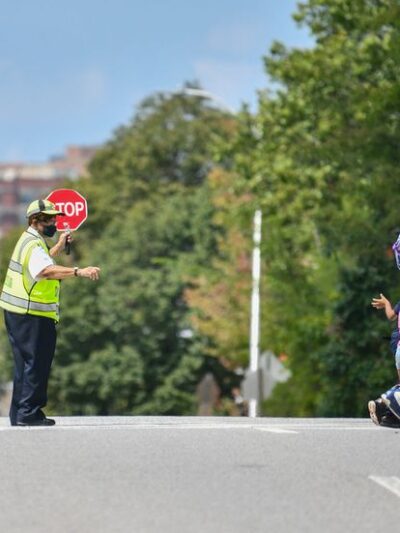

Students in Baltimore Also Have Dreams
Deshawna Bryant, a senior at Baltimore City High School, dreams of becoming a child psychologist. The youngest in her family, all her life Deshawna’s parents opened their home and hearts to many foster children, too. After high school, she plans on going to a university in Florida, and a big reason why is that it’s warm there all year round.
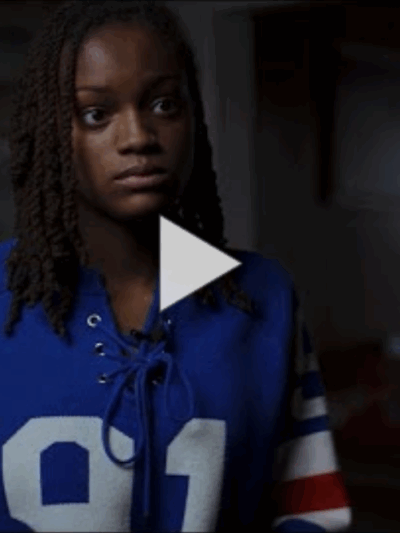

Change Starts with Our Children
2020 kicked off to a hopeful start for children, teachers, and leaders in Baltimore, as yet another three new 21st Century Schools opened. By 2022, the 21st Century Schools initiative is pushing to replace school buildings in poor conditions by adding 28 new schools.
By Neydin Milián


Schools Must Have Additional Funds To Create the Supportive Learning Environments Children Need
Black and Brown students in Baltimore City deserve to reach their dreams without bearing the burden of inequitable education funding. Many of these students already are burdened by a long history of systemic racism, housing segregation, and economic discrimination that have fostered high rates of poverty, violence, and associated trauma in their communities. The State of Maryland must be held accountable for its failure to provide the necessary funding to deliver a quality education to all students.
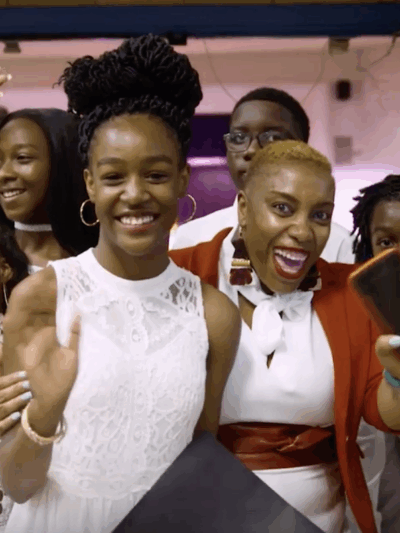

Are We There Yet? 5 Observations on the Road to Updating Maryland’s Education Funding Formula
1. The Heart of the Matter: EquityPutting equity into practice means that state resources must support students and districts impacted by opportunity gaps, achievement lags, and chronic underfunding.Members of the Workgroup must weave equity into every stage of the decision-making process, and students must be at the center of each consideration. This means the state must properly count students so that the Workgroup can design the formula to correctly provide the additional resources that each district needs. Additionally, accountability for the ways the state supports its successful implementation and specific measures for the range of equity factors (i.e. teacher retention practices targeting diverse representation, etc.) is a must. 2. The Richest Counties Are Still Getting the Most Education FundingAccording to Department of Legislative Services (DLS) and the Kirwan Commission’s own analysis, Maryland has a regressive education funding formula. The Maryland Center for Economic Policy found that more than half of students of color in Maryland attend underfunded schools, while the same is true for only 8% of white students. Rich counties receive more education funding than counties with low wealth despite "wealth equalization” measures in the formula. The ability of wealthy districts to contribute more local dollars to their school systems, beyond what is required by st
By Kimberly Humphrey, Esq.
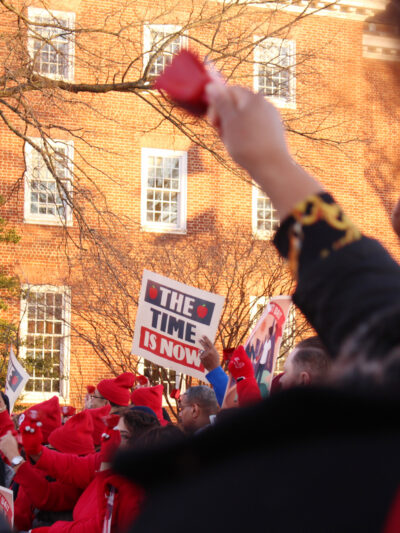

Increasing education funding is not a luxury
This piece originally appeared at The Baltimore Sun.Leslie Seid Margolis is managing attorney at Disability Rights Maryland. Contributors to this op-ed include: Cheryl Bost, Maryland State Education Association president; Shannen Coleman-Siciliano, Strong Schools Maryland co-executive director; Kimberly Humphrey, ACLU of Maryland legislative counsel; and Jane Sundius, Attendance Works senior policy fellow.As statewide advocates for education and equity, we were deeply disappointed by the decision to delay consideration to revise Maryland’s school funding formula. This decision has made it all the more important that the General Assembly and the governor make immediate, meaningful progress on committing additional funding to our schools as prescribed by the Kirwan Commission.Our elected leaders must ensure that urgently needed school funding increases are secured in this 2019 legislative session — even though determination of the formulas has been deferred until the 2020 session.Maryland should also learn from its previous experience revamping education funding. In 2002, the legislature and governor approved recommendations of the Thornton Commission but left decisions about how much money to allocate or where to find it until the following year. The result was that expectations for programming and outcomes were consistent with the Thornton Commission’s recommendations, but funding was not. Not only was the reform effort underfunded initially, funding in subsequent years failed to cover inflationary increases, which had a compounding effect over time. By 2016, the state’s own analysis estimated the annual funding deficit at $2.9 billion, or an average of $2 million per school.Class sizes are increasing across the state, sometimes to as many as 40 students. Fewer resources are available for critical supports such as counselors, course offerings are slimmed down, and field trips and other enrichment activities are eliminated. And, at the same time that educators are expected to shoulder the burden of reduced funding, they are also expected to help students to meet increased state and federal education standards — all without the salary increases their profession deserves. A recent survey found that more than four in 10 Maryland educators work a second job to make ends meet.Even worse, an independent analysis by Education Trust revealed that Maryland is shortchanging schools in poor communities more than those in affluent ones. Increasingly strong research shows that the impact of poorly funded schools is much greater for students who lack the home and community resources to make up for public education cuts, who require special educational supports to be successful, who suffer from institutional and individual biases and racism and who are recent arrivals to our nation. Their lack of experienced teachers, up-to-date materials and computer access reveals Maryland’s inequitable educational opportunities.To continue reading this piece at the Baltimore Sun, click here.
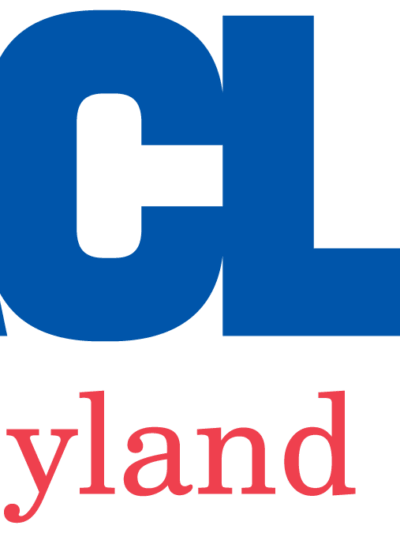

Education Equity Blueprint for Maryland’s Future bill (Afro News)
Our children deserve to dream big, but they need resources to back them up.
By Frank Patinella


We Must Acknowledge Race in Schools
"Blueprint" Board Must Have Race Equity Expertise
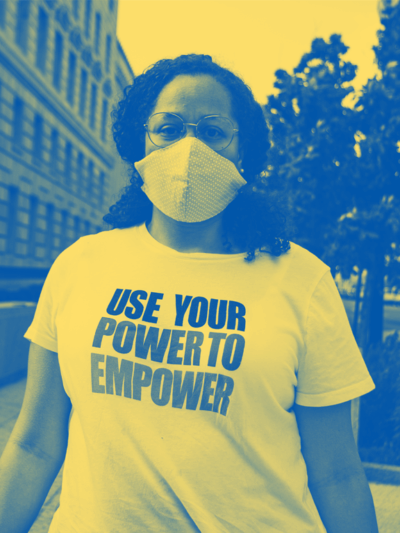

Learning During COVID-19: Black and Brown Children Deserve the Necessary Tools to Learn Remotely
During these unprecedented times, we have endured a quarantine and reshaped how our jobs and school systems operate. You might be wondering how this is all affecting your child, especially their education. While many parents and guardians have had to transform into teachers during this quarantine, Kyla-Marie James, an 11th grader at Mergenthaler Vocational Technical School, describes the new responsibilities that students have had to take on and the struggles she sees other children facing as schools closed out the year remotely because of the COVID-19 pandemic.


Learn More About the Issues in This Case
Related News & Podcasts

- Education Funding|
- +1 Issue
Blame state inaction for the condition of Baltimore schools
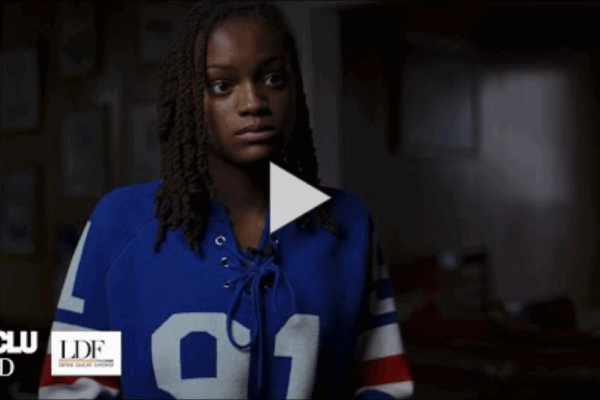
- Education|
- +2 Issues
Students in Baltimore Also Have Dreams

- Education|
- +1 Issue
Change Starts with Our Children
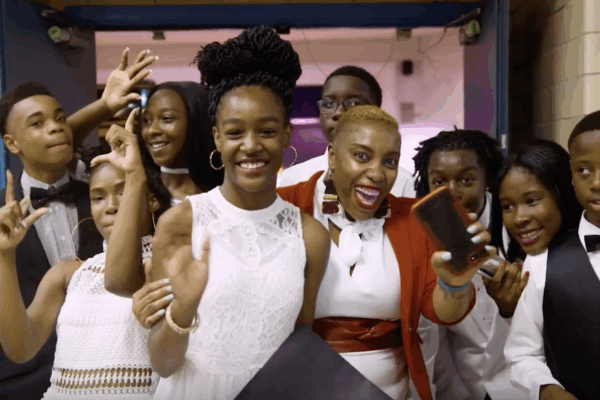
- Education Funding|
- +1 Issue
Schools Must Have Additional Funds To Create the Supportive Learning Environments Children Need
Stay Informed
Sign up to be the first to hear about how to take action.
By completing this form, I agree to receive occasional emails per the terms of the ACLU’s privacy statement.
By completing this form, I agree to receive occasional emails per the terms of the ACLU’s privacy statement.

